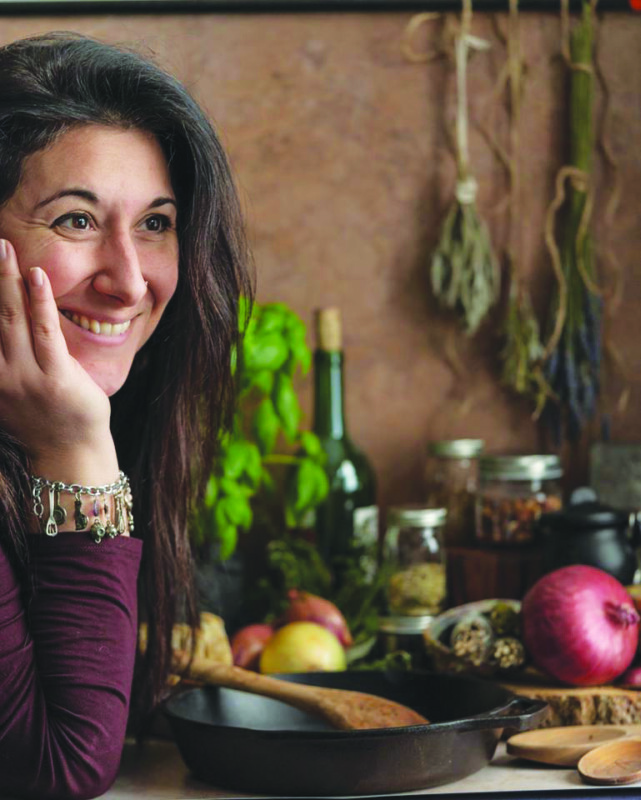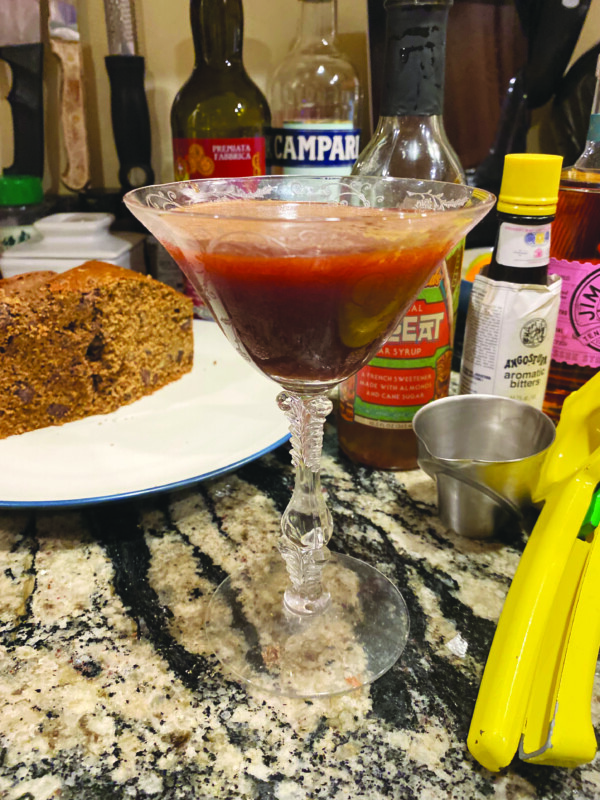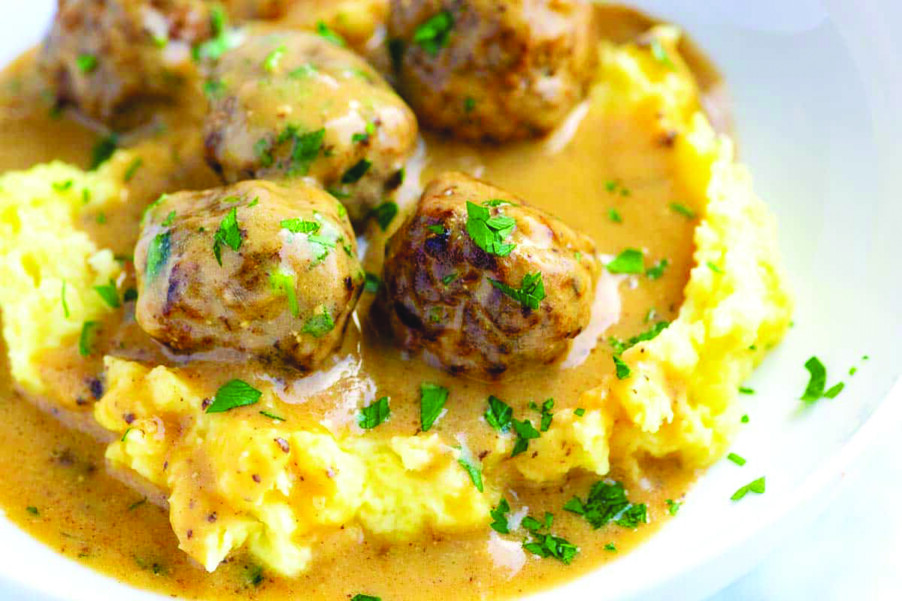Culinary cards get you thinking about your day and your meals
By John Fladd
jfladd@hippopress.com
There are any number of ways to get inspiration in the kitchen and to become more thoughtful about your food. Dawn Aurora Hunt has a new one: a deck of cards.
“This is the Kitchen Witch Culinary Oracle Deck,” Hunt said. “This is different from a tarot deck, because a tarot deck has suits and you’ll always have certain cards. This is a fun tool; you could use it for insight and inspiration, but you could use it just for cool recipe ideas.”
The Culinary Oracular Deck is a set of 50 large, illustrated cards, similar in appearance to tarot cards, each with a different kitchen ingredient or tool.
Hunt, the owner of Cucina Aurora Kitchen Witchery in Salem, spends a lot of time thinking deeply about cooking and the sharing of food.
“Everything I do is about cooking with love,” she said, “cooking with intention and finding a deeper meaning in food and our connection to food through the seasons and mindfulness.” It was this introspective examination that led to the development of her new Oracular Deck. “I was teaching classes on the deeper meanings of simple food ingredients for a while and people have been saying to me, ‘You know, this would make a really cool oracle deck, so that people could take the class and work with that information in an easy way.’ I have a couple of other cookbooks that I wrote that are sort of themed similarly; this has been a natural progression for that.”
Hunt used one of the cards as an example. “One way that you might use these cards would be in the morning while you are maybe having a cup of coffee or getting ready for your day, you might shuffle up the cards and pull one card out of the deck. Maybe you pull the card that says ‘eggs’. Eggs are associated with new birth, new life and fertility. So you might read about the symbolic meaning of eggs on the egg card, and it says that your endeavors are about to reap rewards. What have you been working on? What have you been working toward or fighting for? When the egg card shows up for you, things in your life are about to come together. So you can take that message into your day.”
Alternatively, Hunt said, you might not have eaten eggs in a while and this might simply inspire you to cook or eat something eggy. Each card has suggestions of dishes and a simple recipe. So you might find yourself making quiche for dinner. Almost all the recipes are ones that are easily customizable.
According to Hunt, that was a deliberate decision.
“I have a ton of food allergies,” she said. “So when I am creating recipes, I’m coming from a perspective of whether I can eat this and how people with other limitations might enjoy it. So there’s always comments in my recipes about how to make something gluten-free or how to make it dairy-free or if you’re vegan maybe you want to do this other thing. I try to make it as accessible as possible. I try to keep all of my recipes simple, accessible. And in most cases you probably already have 75 percent of the ingredients lying around your house. The truth is, the simpler the recipe, the simpler the ingredients — in my opinion — the better the meal is. The more we connect with those ingredients and the closer we are to Mother Earth and what Earth is giving us.”
Oracle Deck
A Kitchen Witch’s Culinary Oracle Deck: Gain Daily Insight and Bring Magic to Your Meals with Everyday Ingredients is available through the Cucina Aurora website, or where books are sold, and costs $24.95.
There will be a launch party for the deck at Moon River Wellness Center (17 Windham Road, Pelham, 635-8938, moonriverwellnesscenter.com) Sunday, Feb. 23, from 11 a.m. to 2 p.m. Admission is free.
Featured photo: Dawn Aurora Hunt. Courtesy photo.





